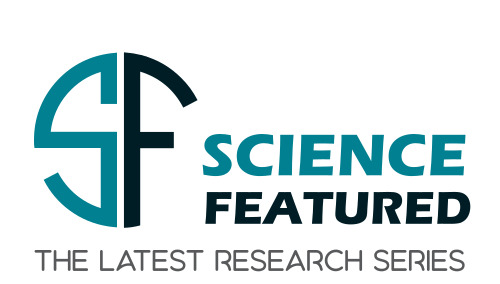Marking a notable breakthrough in precision manufacturing, scientists at the University of Connecticut have devised a technique for automated, real-time material detection during ultrashort pulsed laser machining. This breakthrough, published in PLoS ONE, leverages laser-induced breakdown spectroscopy (LIBS) to enhance process tuning, end-pointing, and segmentation in laser machining applications.
The research team, led by Dr. Pouya Tavousi, along with Dr. Hongbin Choi, Dr. Adrian Phoulady, Dr. Pouria Hoveida, Dr. Nicholas May, and Dr. Sina Shahbazmohamadi, proposed a system that integrates LIBS into the laser machining workflow to allow for real-time detection and decision-making. This approach addresses the limitations of traditional methods like X-ray diffraction (XRD) and energy dispersive X-Ray spectroscopy (EDS), which typically require interruptions for sample transfer and inspection.
Dr. Tavousi from the University of Connecticut highlighted the significance of this innovation: “Our method utilizes LIBS in a feedback loop system, enabling real-time adjustments to the lasering process. This advancement reduces machining time and increases the accuracy of material detection without the need for transferring samples to separate instruments.”
Ultrashort pulsed lasers are known for their precision in micro and nanomachining, but they require careful tuning based on the material being processed. The LIBS system developed by the researchers enables in-situ characterization, providing immediate feedback that optimizes the laser parameters on-the-fly. This is particularly beneficial for complex samples, such as printed circuit boards, where different materials interact differently with the laser.
One of the key benefits of this system is its ability to automate endpointing. By analyzing the LIBS signal generated during laser-material interaction, the system can determine when a specific material has been reached and stop the process automatically. This capability is crucial for applications requiring precise depth control, such as in microelectronics and biomedical device fabrication.
The researchers demonstrated the effectiveness of their method through various examples. In one experiment, they created a sample with four different materials (silicon, aluminum, titanium, and copper) and used the LIBS system to detect each material accurately in real-time. The system successfully identified the materials and adjusted the lasering process accordingly, showcasing its potential for automated material segmentation and endpointing.
Dr. Tavousi, emphasized the broader implications of this technology: “The ability to integrate LIBS into laser machining platforms not only enhances process automation but also significantly reduces the need for post-machining image processing. This can streamline operations in industries where precision and efficiency are paramount.”
The study also explored the use of LIBS for creating spatial maps of material composition. By matching the temporally recorded LIBS signals with the spatial coordinates of the laser path, the researchers produced detailed material maps without requiring post-process image segmentation. This capability was demonstrated on a printed circuit board, where the LIBS-enabled system accurately identified and mapped the copper traces and dielectric composite substrate.
In summary, the integration of LIBS with ultrashort pulsed laser machining represents a significant advancement in precision manufacturing. The automated, real-time material detection system developed by the Dr. Tavousi and his team promises to enhance the efficiency, accuracy, and automation of laser machining processes, paving the way for innovations in various high-precision industries.
Journal Reference
Choi, H., Phoulady, A., Hoveida, P., May, N., Shahbazmohamadi, S., & Tavousi, P. (2024). “Automated, real-time material detection during ultrashort pulsed laser machining using laser-induced breakdown spectroscopy, for process tuning, end-pointing, and segmentation.” PLoS ONE, 19(1), e0290761. DOI: https://doi.org/10.1371/journal.pone.0290761













































